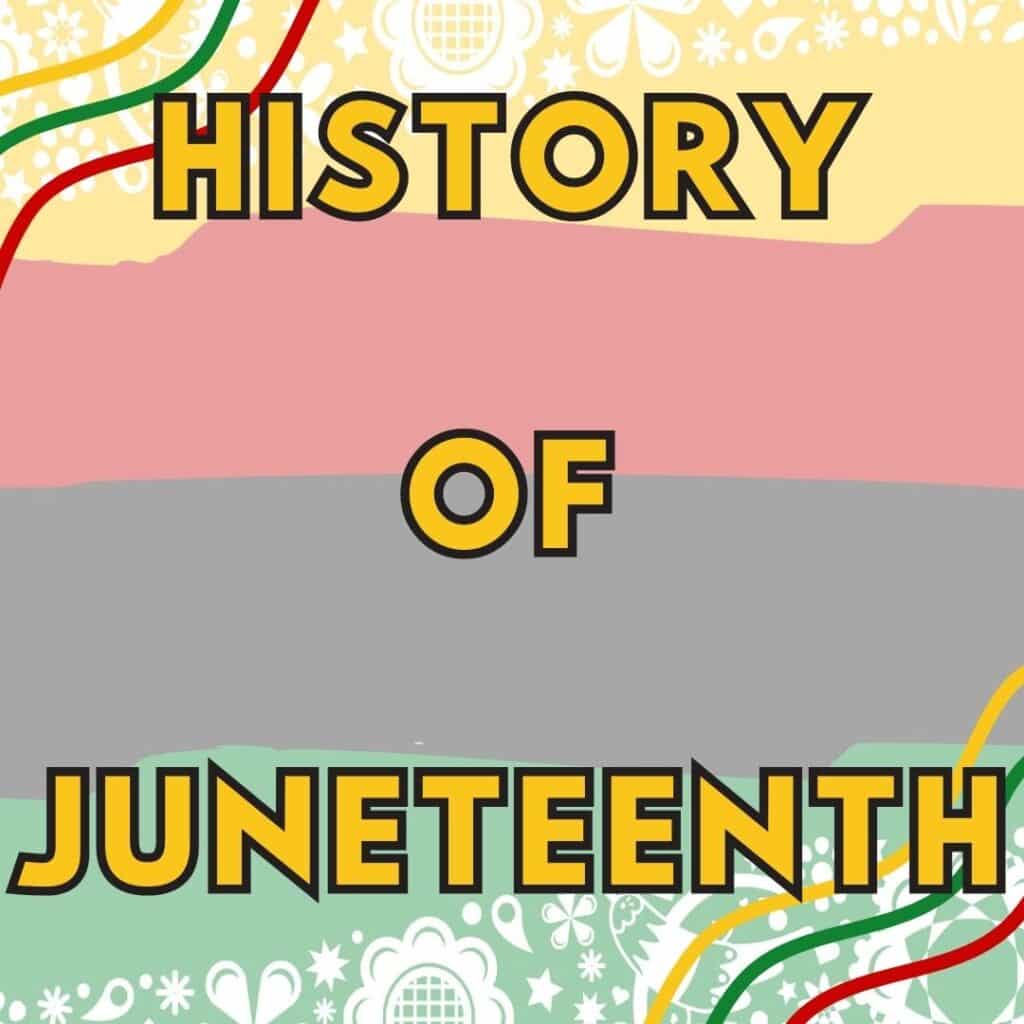
Memorial Day, a day that often marks the beginning of summer, is much more than barbecues and beach trips. As educators, it is our responsibility to teach students about the true origins and significance of this important day. Memorial Day, originally known as Decoration Day, has a rich history rooted in honoring the sacrifices made by fallen soldiers. In this blog post, we will explore the origins of Memorial Day and discuss effective ways for teachers to educate their students about the authentic history behind this solemn occasion.
The Origins of Memorial Day:
Memorial Day originated in the aftermath of the American Civil War. In the spring of 1865, grieving communities in both the North and the South began gathering to decorate the graves of fallen soldiers with flowers, wreaths, and flags. This practice, known as Decoration Day, provided an opportunity to remember and honor those who had made the ultimate sacrifice during the war. The first official observance of Decoration Day took place on May 30, 1868, at Arlington National Cemetery.
The Transformation into Memorial Day:
Over time, Decoration Day evolved into what we now know as Memorial Day. In 1971, the U.S. Congress declared Memorial Day a national holiday to be observed on the last Monday in May. This change allowed for a three-day weekend, but it also led to a gradual shift in focus away from the original purpose of the day. It is crucial for educators to emphasize the historical roots of Memorial Day and rekindle the spirit of remembrance and gratitude that lies at its core.
Teaching the Authentic History:
Primary Source Analysis: Encourage students to explore primary sources such as letters, diaries, and newspaper articles from the Civil War era. These firsthand accounts can provide invaluable insights into the experiences of soldiers and their families, fostering a deeper understanding of the sacrifices made.
Local History Research: Engage students in researching local cemeteries, memorials, or monuments dedicated to fallen soldiers in their communities. This hands-on approach enables them to connect the historical significance of Memorial Day to their own surroundings, fostering a sense of appreciation and respect for the sacrifices made by local heroes.
Virtual Memorial Visits: Utilize technology to take students on virtual tours of national cemeteries and war memorials. Platforms like Google Earth and virtual museum exhibits can bring these important landmarks to life, enabling students to visually and emotionally connect with the solemnity of Memorial Day.

As educators, we have the power to ensure that the true history and significance of Memorial Day are not forgotten. By teaching students about the origins of Memorial Day as Decoration Day, we can instill a sense of reverence and gratitude for the brave men and women who sacrificed their lives for our freedom. Through thoughtful and engaging lessons, we can empower our students to honor the memory of these fallen heroes and inspire them to carry forward the legacy of remembrance and appreciation for generations to come.
| Cookie | Duration | Description |
|---|---|---|
| cookielawinfo-checbox-analytics | 11 months | This cookie is set by GDPR Cookie Consent plugin. The cookie is used to store the user consent for the cookies in the category "Analytics". |
| cookielawinfo-checbox-functional | 11 months | The cookie is set by GDPR cookie consent to record the user consent for the cookies in the category "Functional". |
| cookielawinfo-checbox-others | 11 months | This cookie is set by GDPR Cookie Consent plugin. The cookie is used to store the user consent for the cookies in the category "Other. |
| cookielawinfo-checkbox-necessary | 11 months | This cookie is set by GDPR Cookie Consent plugin. The cookies is used to store the user consent for the cookies in the category "Necessary". |
| cookielawinfo-checkbox-performance | 11 months | This cookie is set by GDPR Cookie Consent plugin. The cookie is used to store the user consent for the cookies in the category "Performance". |
| viewed_cookie_policy | 11 months | The cookie is set by the GDPR Cookie Consent plugin and is used to store whether or not user has consented to the use of cookies. It does not store any personal data. |